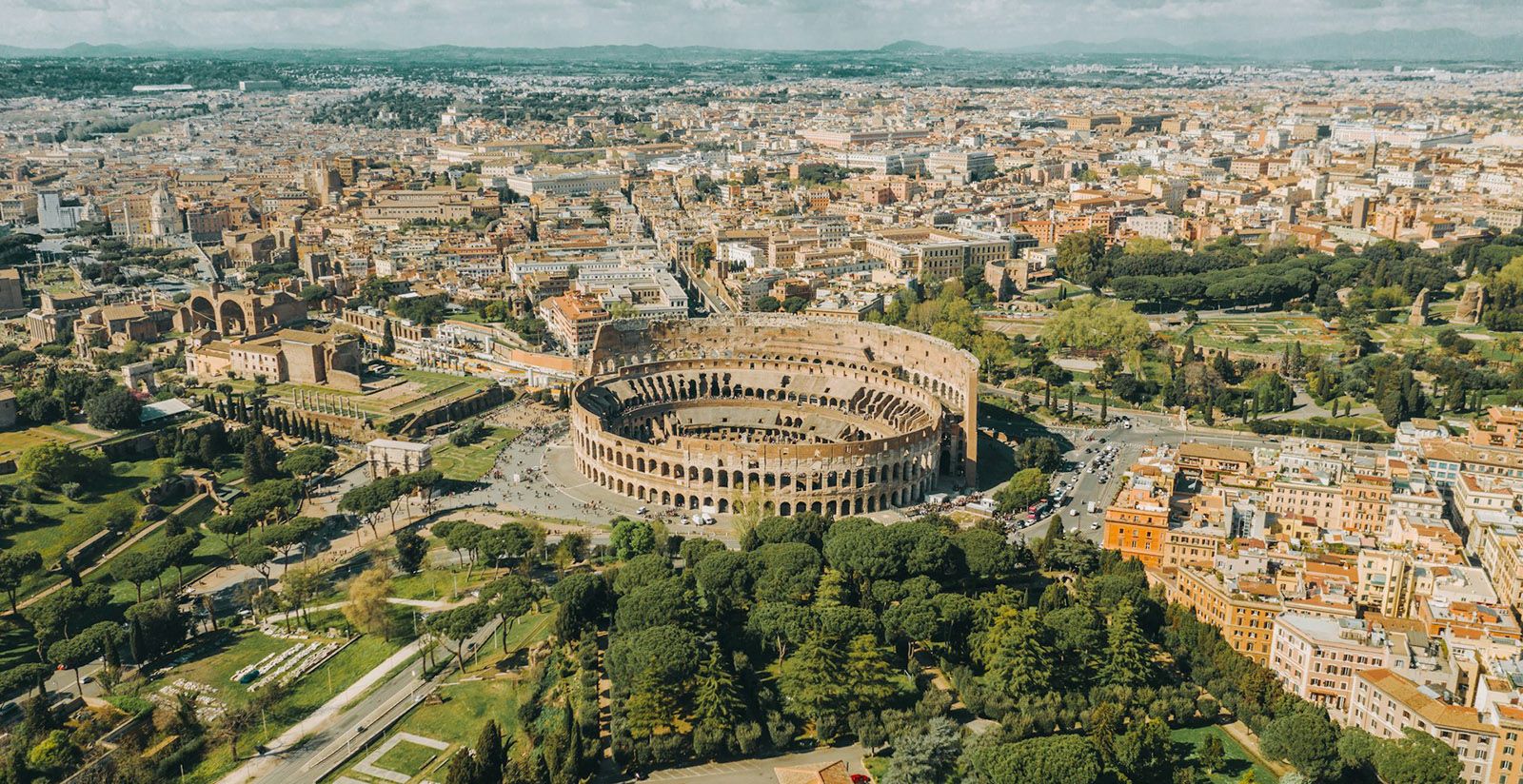Did you know Rome offers a variety of accommodation options beyond hotels? From charming B&Bs to stylish apartments, explore unique stays tailored to your travel needs.
Rome, the Eternal City, is a dream destination for travelers worldwide. From ancient ruins and Renaissance art to lively piazzas and authentic cuisine, the city offers an unforgettable experience. But one of the most important decisions when planning a trip is choosing where to stay.
Accommodation in Rome is diverse, ranging from luxury hotels and boutique stays to budget-friendly hostels and vacation rentals. The right choice depends on your travel style, budget, and the type of Roman adventure you want to experience.
Types of Accommodation in Rome
Rome caters to all kinds of visitors, whether you seek comfort, affordability, or cultural immersion.
-
Luxury Hotels – World-class service, elegant rooms, and central locations. Example: Hotel de Russie.
-
Boutique Hotels – Stylish, intimate stays with a personalized feel. Example: The Fifteen Keys Hotel.
-
Hostels – Budget-friendly with shared spaces, ideal for solo travelers. Example: The Beehive.
-
Vacation Rentals – Apartments or homes available on platforms like Airbnb, offering a local living experience.
-
Bed & Breakfasts – Cozy accommodations with a homely atmosphere. Example: The Inn at the Roman Forum.
Each type has advantages. Hotels provide convenience, hostels offer affordability and community, rentals give flexibility, and B&Bs ensure a personal touch.
Choosing the Right Neighborhood
Rome’s neighborhoods each have their own character and advantages.
-
Trastevere – Bohemian charm with cobblestone streets, cafes, and nightlife.
-
Monti – Trendy area with boutique shops, wine bars, and a youthful vibe.
-
Prati – Quieter, residential, and close to the Vatican.
-
Historic Center – Ideal for first-timers, near landmarks like the Colosseum and Spanish Steps.
-
Parioli & Testaccio – Family-friendly, spacious, and less touristy.
The best neighborhood depends on whether you prioritize convenience, culture, or a peaceful retreat.
Booking Tips for Your Stay
Finding the right accommodation in Rome requires a little strategy:
-
Set a Budget: Prices vary by season and location.
-
Travel in Shoulder Seasons: Spring (April–May) and autumn (September–October) offer good weather and better deals.
-
Use Reputable Platforms: Booking.com, Expedia, and Airbnb provide reviews, price comparisons, and secure booking.
-
Check Cancellation Policies: Flexible booking ensures peace of mind.
-
Look for Discounts: Some hosts offer reduced prices for extended stays.
Local Amenities and Essentials
Understanding the essentials near your accommodation will make your trip smoother.
-
Markets: Campo de’ Fiori is a lively market with fresh produce and Italian specialties.
-
Public Transport: Rome’s metro, buses, and trams connect neighborhoods efficiently.
-
Services: Pharmacies, ATMs, and small grocery stores are spread across all districts.
-
Accommodation Features: Look for free Wi-Fi, breakfast options, and laundry facilities.
These details can save time and make your stay more comfortable.
Unique and Alternative Accommodation Options
Rome offers more than standard hotels and rentals.
-
Converted Monasteries: Peaceful, historic spaces like Hotel Santa Maria.
-
Glamping Nearby: Luxury tents just outside Rome for a mix of comfort and nature.
-
Creative Boutique Hotels: Places like Hotel Artemide offer themed rooms and cultural touches.
-
Homestays & Couchsurfing: Stay with locals to gain insider knowledge and experience authentic hospitality.
These alternatives provide memorable experiences that go beyond traditional tourism.
FAQs About Accommodation in Rome
Q1: Is it better to stay in the city center or outside?
Staying central saves travel time, but neighborhoods outside the historic core are quieter and more affordable.
Q2: How far in advance should I book?
For peak summer or holiday seasons, booking 3–4 months ahead is recommended.
Q3: Are vacation rentals safe in Rome?
Yes, but always book through trusted platforms and read recent guest reviews.
Q4: What is the average cost of accommodation?
Budget hostels start at around €25 per night, mid-range hotels at €80–150, while luxury options can exceed €300.
Q5: Do accommodations in Rome include breakfast?
Many hotels and B&Bs offer breakfast, but vacation rentals usually do not.
Conclusion
Accommodation in Rome is as diverse as the city itself. From five-star hotels and family-run B&Bs to stylish rentals and offbeat stays, every traveler can find the right fit. Your neighborhood choice shapes your experience—whether you want to be in the lively heart of the city or tucked away in a quieter district.
By booking wisely, checking local amenities, and considering unique options, you can make your stay in Rome as unforgettable as the city’s historic landmarks. After all, the magic of Rome isn’t just in its monuments but also in the comfort and memories created during your stay.
